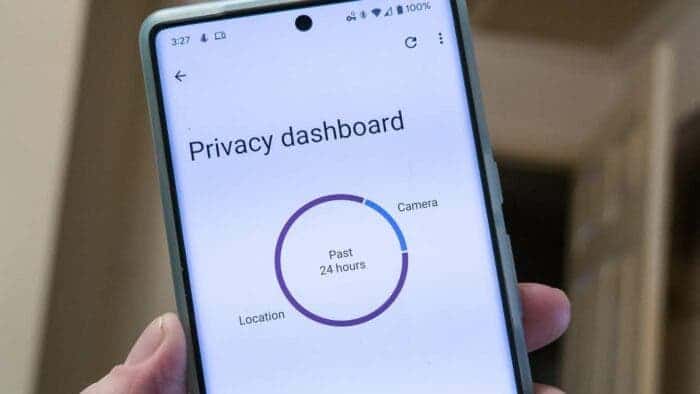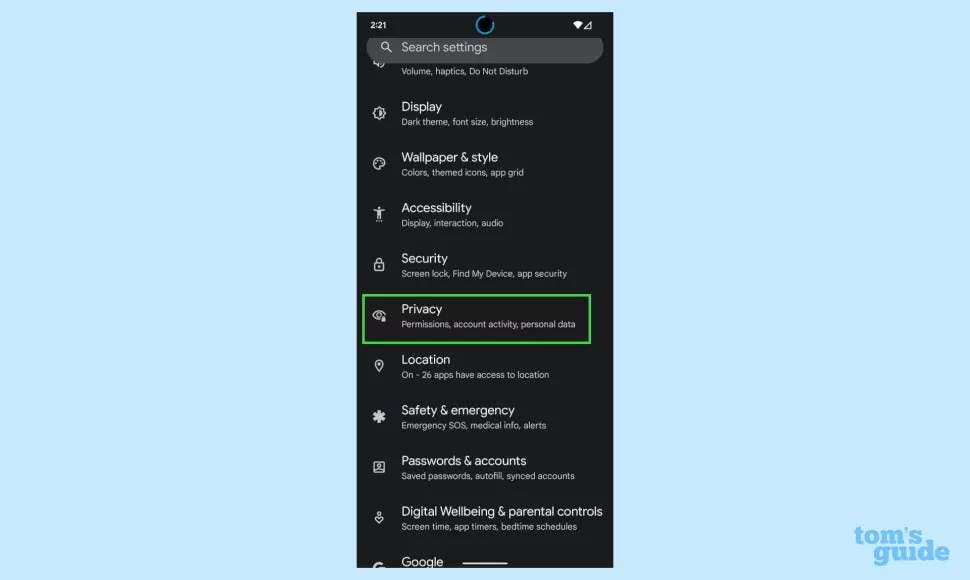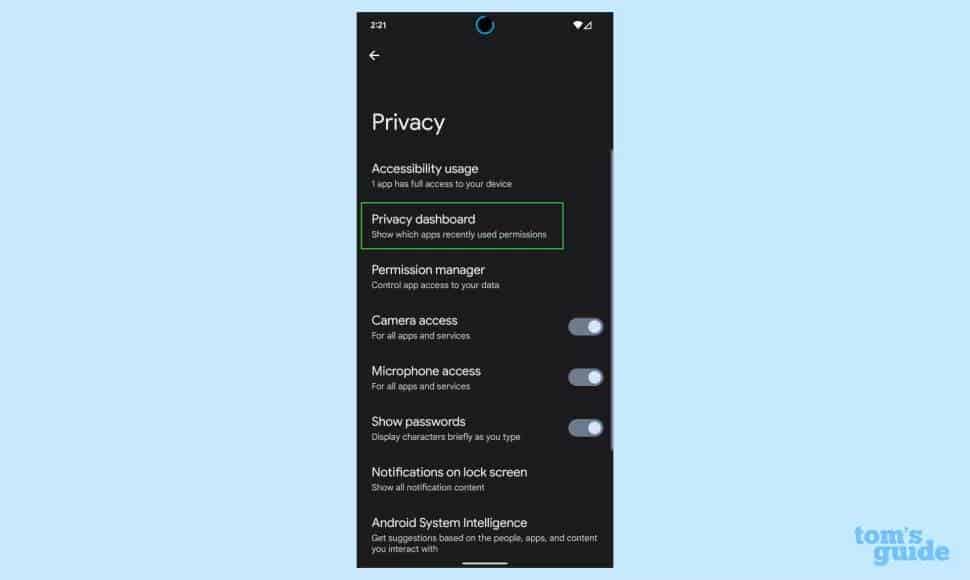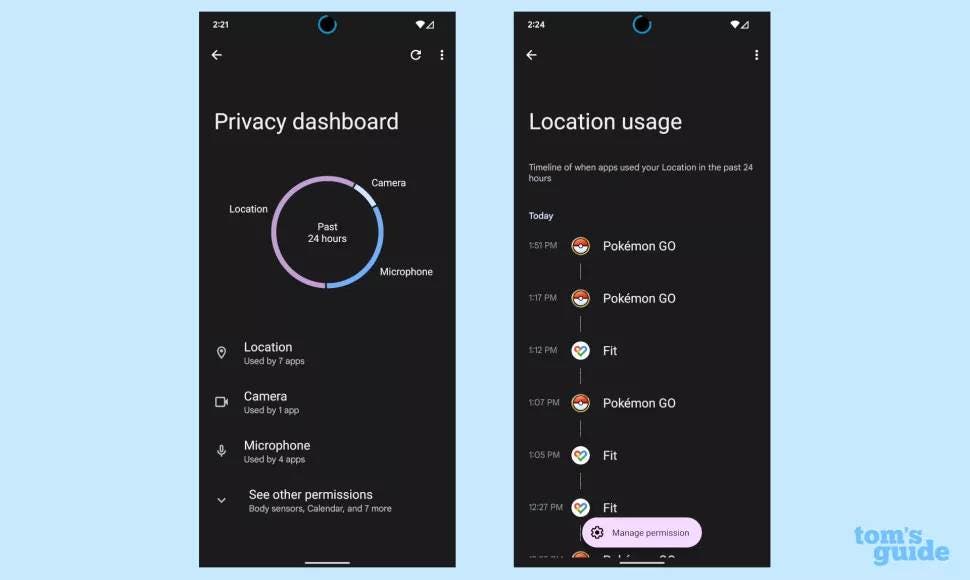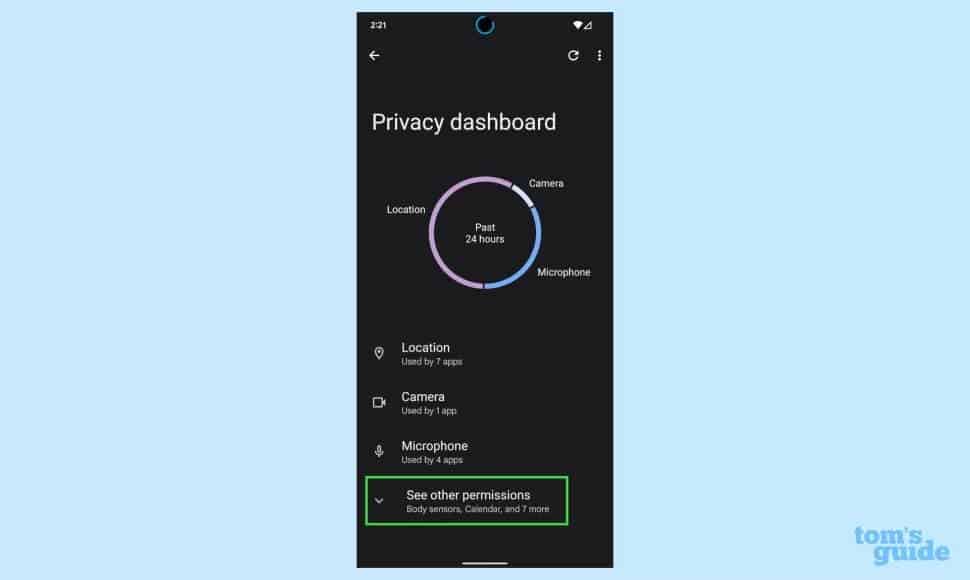If you have been wondering how to use the new Privacy Dashboard on Android 12, you have come to the right place. The Android 12 Privacy Dashboard shows which permissions what apps are using. Moreover, it is the place where you can check when are these apps using the permissions. Despite its imperfection, and lack of information about what each of the permissions means, the Android 12 Privacy Dashboard is a noteworthy addition.
Android 12 OS boasts an impressive array of features, including the notable changes in the UI. However, this time around, the search engine giant did not budge when it comes to privacy and security. The Privacy Dashboard is part of that strategy. It is worth mentioning here that the Privacy Dashboard is not the same as the third-party app despite having similar functionality.
The Android 12 Privacy Dashboard is a place where you can see a list of apps that have accessed your location, camera, and microphone.
Aside from that, it shows a list of all the apps that have been requested for each permission. There’s also a circle graph that offers a time breakdown of how long applications have accessed the aforesaid three permissions. Furthermore, the other expandable options reveal the rest of your permissions. Regrettably, the circle graph just mentions, “Other,” and this piece of information isn’t helpful. Accessing the Privacy Dashboard can prove to be an arduous task. So, here’s how you can open Android 12’s Privacy Dashboard.
How Can You Use The New Privacy Dashboard on Android 12?
To open the Privacy Dashboard, you need to head to the phone’s settings menu. You can then scroll to the Privacy section and click on the entry. A new window will pop up with Privacy Dashboard listed on the top of the list, according to Android Central. Now, the Privacy dashboard has a circle graph. You can tap Microphone, Camera, or Location below the circle graph to access a list of apps that have accessed them. Moreover, you can get a 24-hour timeline breakdown of the above-mentioned permissions. You’d need to See other permissions to check the other permissions available on your smartphone.
In the Privacy Dashboard, you are likely to find Google Maps accessing your location, phone app accessing the microphone, and a slew of other obvious things. Alternatively, you might find more unlikely things such as a game accessing your location permission. The naming scheme and the method to access the same piece of information could be slightly different depending on which Android phone you are using. For instance, you can use the same instructions on the Samsung Galaxy S21, which runs Android 12 beta software based on ONE UI.
However, instead of words like Privacy Dashboard, you’d need to look for Permission Usage History. Moreover, the colorful pie chart will be missing as well. Nevertheless, you will be able to check everything about what the apps on your smartphones have been accessing.
Why Is It Useful?
The Android 12 Privacy Dashboard is a place where you can check what apps are doing things that you probably don’t want them to be able to do. Furthermore, permissions to access locations and microphones can be used to spy on your location and activities, so they are critical. The Privacy Dashboard enables you to monitor apps that are tracking your location. With just a single tap, you can check out all the apps that have accessed your location. Moreover, you can even see the time when they did it.
You can revoke the permission for an unwanted app with just one more tap. This is the first time Android has a tool like this. Although Apple shows all the permissions and apps, iOS doesn’t have a single easy-to-use place that allows you to self-audit and keep a track of what your apps are doing. Moreover, the Privacy Dashboard is a highly advantageous tool that you might want to check out as soon as your phone gets Android 12 OS.

